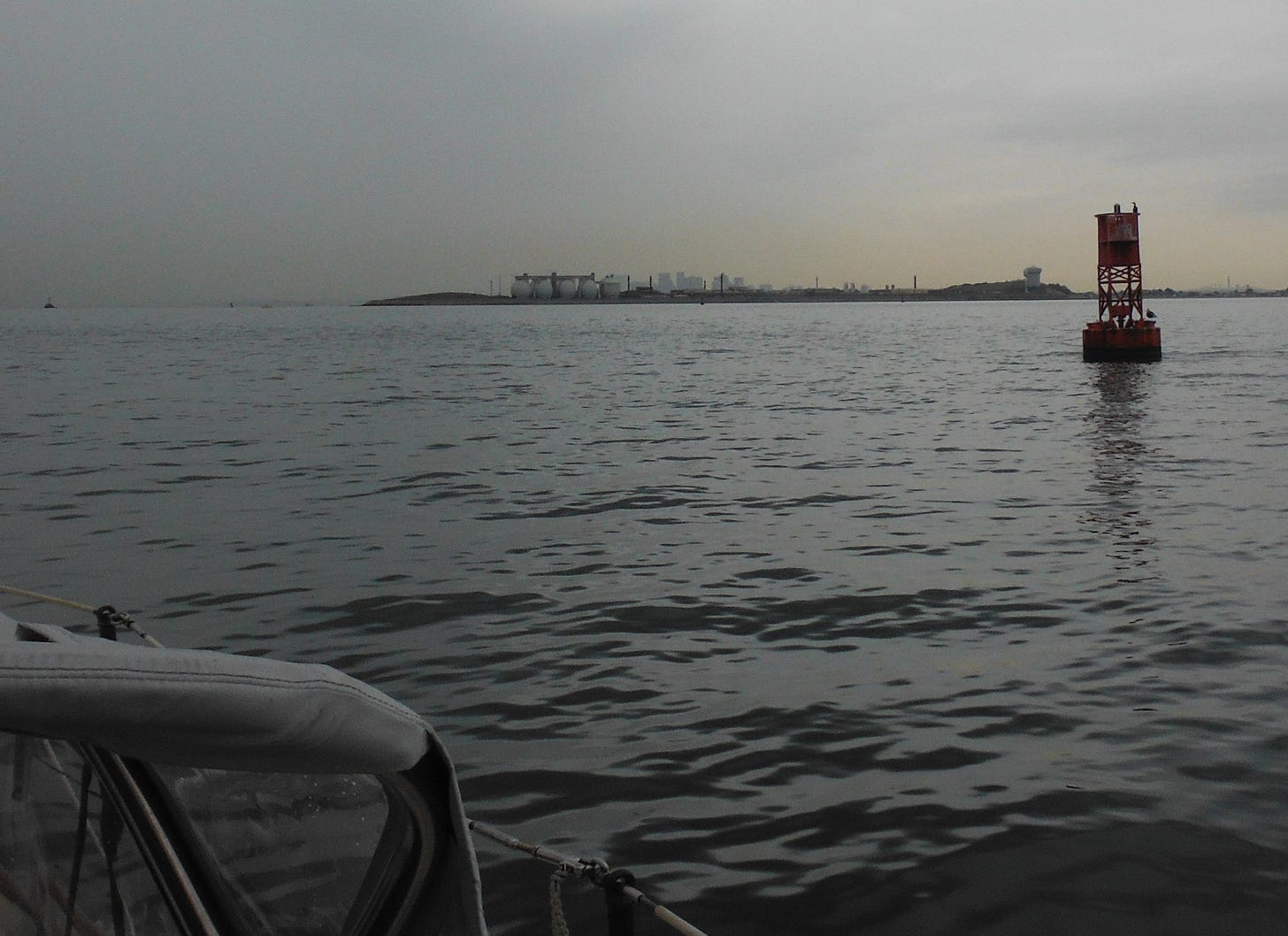Earth Savvy?
“The world we have created is a product of our thinking; it cannot be changed without changing our thinking.” ~Albert Einstein
There is a misconception about why global temperatures are rising so rapidly due to climate change. Decision-makers seek certainty to justify extraordinary costs. They want models that predict the extent of future impacts and to know how much time remains to act. Once they sought the counsel of oracles, now they turn to science to forecast future outcomes.
The nature of science has changed. A few decades ago, research primarily involved collecting and analyzing observations, which formed the basis for hypotheses and theories. Today, with large volumes of satellite data available and increasingly powerful computers for simulations, there exists a temptation to align models with observations rather than accurately capturing the underlying physics. For modelers, there are pressures to dismiss discrepancies, assign blame, and request higher spatial resolution along with more data of finer granularity. They desire computers that operate like a small nuclear power plant.
Carbon dioxide emissions are not the smoking gun we take them to be, because only 11% of greenhouse gases are carbon dioxide. The 800-pound gorilla in the climate change room is water vapor, weighing in at 80% of greenhouse gases and 1.2 degrees Kelvin of the 1.5-degree temperature rise. Water does not lend itself to dramatic hockey-stick graphs like carbon dioxide, which accumulates in the atmosphere for a thousand years. With water vapor, there can be no benchmarking of our progress because the hydrological cycle turns too quickly. Don’t hold water when it is in abundance, and you’ll regret it during the dry period, until the rains come again.
Let’s step away from predictive modeling and acknowledge the dynamic complexities of water and the challenges faced by meteorologists. When water evaporates from a liquid to a gas, the reaction is endothermic, meaning that heat energy is absorbed, causing it to cool. When water condenses from vapor to liquid, the reaction is exothermic, releasing heat energy to warm the morning dew. Scientists debate whether water has a fourth state of matter. The slushy transition from liquid to ice possesses unique characteristics.
Complicating the work of scientists seeking certainty about the future, plants have the agency to bring water to themselves and regulate microclimates, which enabled life to emerge from water. Plants open their stomata when it's hot and during the coldest hour before dawn to release water vapor, which contains bacteria and fungi. The water from plants, known as evapotranspiration, varies significantly by location, accounting for 10% to 80% of rainfall.
Radiant warming of the land causes water vapor to rise in hot air. As it cools, water molecules nucleate around organic particles, such as bacteria and fungi, to form clouds. Should the rising air contain dust particles, water molecules come together to form haze because an electromagnetic charge prevents water droplets and cloud formation. Haze holds radiant heat to warm the atmosphere. Conversely, cumulus clouds hold radiant heat; yet, they release more heat as reflected light away from the planet. Not many years ago, the Earth was covered by more than 50% cumulus clouds. Today, it’s a percentage point or two less, and we suffer from global warming.
The rising air and water vapor from plants draws in air from over water bodies to set up what is known as the biotic pump. Plants bring water to themselves and regulate microclimates. This enabled plant life to move away from water bodies across the land.
When property owners turn vegetation and soil into hard, impervious surfaces. Rainwater can no longer infiltrate into the ground. Examining the landscape, it is too often evident that heat islands have replaced lush green areas. Developed properties accelerate rainwater into stormwater, scouring and cutting the land, clogging it with sediments, at the expense of other property owners, municipalities and ecosystems.
In Williamsburg, Massachusetts, for example, 18.5 acres were being developed into a 4-megawatt, 17,000-panel solar energy array when 1.95 inches of rain fell in January. Stormwater off the solar site altered approximately 97,000 square feet of protected wetlands and more than 41,000 feet of riverfront area, smothering the West Branch of the Mill River. Wildlife habitats and vegetation were destroyed, and the flow of the tributaries into the river was changed. The developer was compelled by the courts to pay more than $1 million, a fraction of the actual costs.
Healthy soils act like a sponge. Four inches of soil can retain seven inches of rainwater because sticky carbohydrates keep minerals separated sufficiently far apart. Healthy soils undergo a chemical process to form humus, which binds carbon for thousands of years. We often mistake it for dirt. Yet, soil is as different from dirt as bread is from flour. Bread is flour mixed with live yeast that causes it to rise and hold it together. Soil has life; dirt does not.
Plants photosynthesize, drawing carbon and water from the air to create carbohydrates. Whenever photosynthesis occurs, plants push out about a third of the carbohydrates through their roots to build soil. Grasses excel at soil building, releasing as much as half of their carbohydrates. A non-chemically treated lawn, cut every two or three weeks with the blade set at a height of 4 inches, can produce an inch of soil in a year. This occurs because damaged grass cells stimulate growth and initiate the breakdown of tough fibers to feed the soil. When you walk on the grass, you contribute to greater carbon drawdown.
When vegetation is removed near open water, the land absorbs heat and radiates it. These heat islands warm the moist air rising from the water. As the air expands from the heat, it dries out. Sea breezes, previously moist, become dry winds. Restoring vegetation along the shore will help restore the weather and the ecosystem for its inhabitants.
Soils have lost the moisture needed by plants and others to grow and sustain life. From 1979 to 2016, worldwide, 3,941 cubic kilometers of water, more than the volume of Lake Huron (3,500 km3), is gone from soils—double trouble for the climate with drier soils for clouds and drier winds off the water.
There are two halves to the climate change calamity. There is a rise in carbon dioxide, and a loss of vegetation and soil has occurred. The latter is more responsible for sea level rise than the former. One is dependent on the other. If we continue to let the land degrade, carbon dioxide at 420 parts per million will have a more damaging effect.
Savvy to the science, we have the opportunity to brighten our future with more vegetation, restoring moist air and promoting cumulus cloud formation, while experiencing less extreme weather and fewer fires. By finding ways for the land to retain the rainwater that falls on it, we can mitigate the impacts of the 420 parts per million carbon burden. With more carbon sponges distributed throughout the land, research indicates we can decrease sea level rise by more than 25%. Environmental stability, biodiversity, and the comfort of our neighborhoods will return when we adopt a more biosphere-oriented approach with natural biotic-water pumps in full swing.







